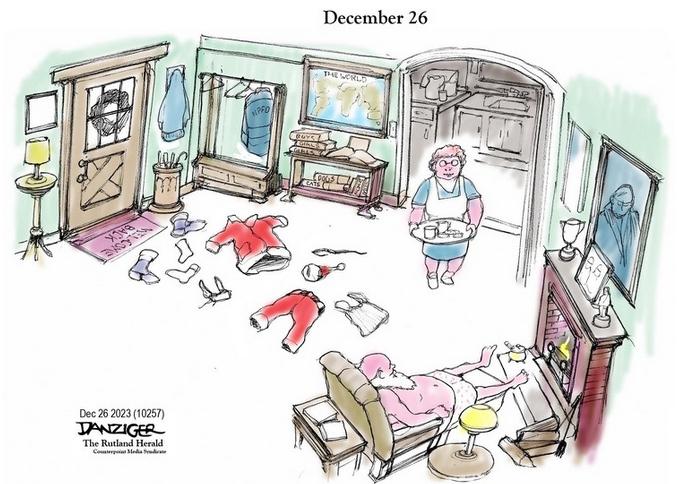After the photo of me cleaning the Capitol went viral, people kept saying to me the phrase “Look For The Helpers.” I grew up with Mister Rogers and felt comfort in those words. But now, 3 yrs after Jan 6, I have come to learn an entirely different lesson from this phrase… THREAD pic.twitter.com/1ndGaaoMZP
— Andy Kim (@AndyKimNJ) January 6, 2024
A little wind-down as we prepare for another week…
I told my sons that there were incredible helpers at the Capitol who kept me and others safe. We had heroes. Like Officer Eugene Goodman who faced down the mob. Heroes like Officer Brian Sicknick who gave his life to defend democracy. 3/11 pic.twitter.com/4DFiJ8yv5W
— Andy Kim (@AndyKimNJ) January 6, 2024
But over the following weeks I started to think that it wasn’t enough that we felt safe. It didn’t get to the root of the question of why did all this violence and chaos happen to begin with. How did we get this this horrible point in the first place? 5/11 pic.twitter.com/ljqq1eyilC
— Andy Kim (@AndyKimNJ) January 6, 2024
Sunday Night Open Thread: Andy Kim Is A Good ManPost + Comments (24)


